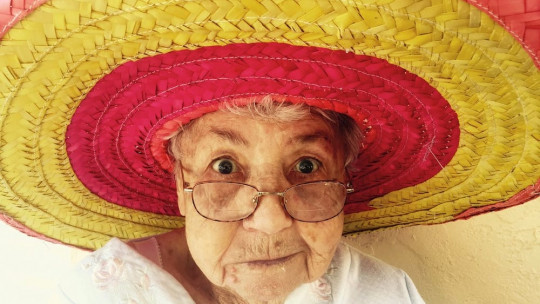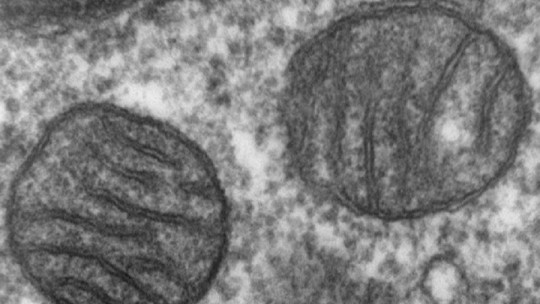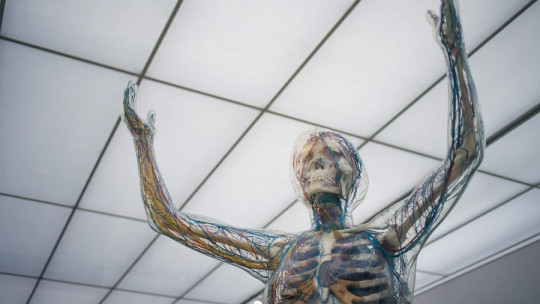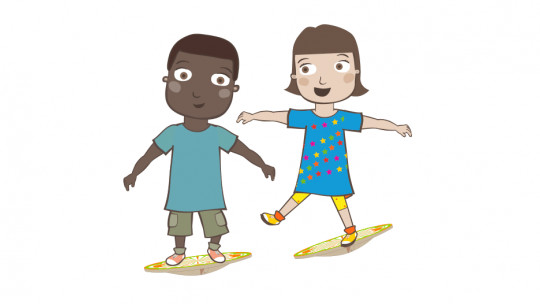
The concept of somatotype or somatic type is well known in the world of physical exercise and nutrition but also within the History of Psychology.
The concept was developed by psychologist William Herbert Sheldon in the 1940s. However, his predecessor was Ernst Kretschmer, who attempted to relate the biotype and psychotype of individuals, that is, he investigated and claimed to find connections between body composition and the temper.
Like any morphopsychological theory, Kretschmer’s theory received many criticisms, and has now been widely outdated and refuted. However, Sheldon’s somatotypes are still very popular today, especially in the fields of sports and nutrition, to broadly describe types of physical constitution. That is to say: although they do not provide information about people’s behavior, they help to “summarize” their body measurements from the point of view of anthropometry.
Kretschmer’s biotypes (body types)
In the 1920s, Kretschmer, a German psychiatrist, decided to study and investigate the relationships that may exist between morphological structure and human temperament. As a sample for his studies, he chose mentally ill patients with different pathologies: schizophrenia, bipolar disorder…
With the results he obtained, he established three types of basic body constitutions, and one that represented mixed and disproportionate groups. They are the following:
Below you can find a description of these body types and the psychological characteristics that according to this author were associated with each one.
1. Leptosomatic or asthenic
These people have a thin body with shoulders, are tall, with a narrow chest, an elongated face and nose and domed skull. They have an introverted personality, with adaptation difficulties. They are sentimental, speculative individuals, with an interest in art.
According to the author, they have a schizothymic temperament, and their character oscillates between hypersensitivity and coldness. These people are more likely to suffer from a serious mental disorder called schizophrenia.
2. Athletic or epileptoid
Epileptoid individuals have a strong body in both muscles and bones They are more energetic and aggressive. Due to their robustness, they are strong, determined, adventurous and stand out for being quite passionate and sentimental, but also brutal. They are impulsive people and prone to suffering from epilepsy.
3. Picnic or cyclothymic
These are people, who are short in size but very robust, they have a rounded body, with voluminous and greasy viscera. They may be bald, with little muscle development. They are intelligent people, with a smiling and jovial character. They present fluctuations in their mood, as they can go from being very excited and happy to sad and depressed. Picnic individuals are not very consistent in their activities, and can be both optimistic and pessimistic. These people are more likely to suffer from bipolar disorder.
4. Dysplastic
These individuals have a disproportionate body and do not fall into any of the above categories On a psychological level, these subjects do not have a defined character, but within this group it is possible to find people with a weak or schizoid character.
Criticisms of Kretschmer’s Theory
Although Kretschmer inspired other authors such as Sheldon, this typology has received strong criticism. Most of which point out that:
Attempts to link human body measurements to psychological traits are generally considered to be unfounded today.
Sheldon’s somatotypes
Unlike the previous author, Sheldon conducted his research with normal subjects. This author was a professor at Harvard University. He began his research in 1928 and published the results in 1940. He used more than 4,000 male students, and then conducted his research with women.
Sheldon’s idea was different from Kretschmer’s, because He first investigated somatotypes and, separately, sought to find out their correlation with personality traits and temperament, which according to him are the following: viscerotonia, somatotonia and cerebrotonia. His results indicate that in 80% of cases there is a correlation between endomorphism and viscerotonia, between mesomorphism and somatotonia and between ectomorphism and cerebrotonia.
Below we delve into Sheldon’s somatotypes; Once again, the psychological characteristics associated with these body types are only the author’s proposals, currently rejected by the scientific community (although the terms he used to describe the physical constitution of people are still used in disciplines such as Sports Sciences .
1. Ectomorph
These are tall, thin and weak people That is, they are individuals with few muscles and bones that are relatively lighter than other body types. Ectomorphs are easy to spot because they are thin, have long limbs, and are usually tall. They rarely gain weight. In terms of personality, they are emotionally sensitive people, who can easily suffer emotional problems and mood swings.

2. Endomorph
The body of the endomorph is rounded and as its main characteristic they are people who have a natural tendency to accumulate fat in the abdomen in the case of men and in the hips in the case of women The endomorph is very sociable by nature, fun, relaxed and good-natured. They love food and usually provide great company.

- You may be interested: “The 5 differences between overweight and obesity”
3. Mesomorph
The mesomorph is the most balanced of the three somatotypes because its body is made up of a balanced combination of muscles and bones These individuals have an athletic shape, with well-defined muscles and proportionate bones. They have a short stature but a robust build. In terms of personality, the mesomorph is balanced, very energetic, likes sports and adventures and has no problems doing physical activities. The mesomorph is highly tolerant and not as sensitive compared to the ectomorph.

Some clarifications on Sheldon’s somatotypes
Leaving aside the psychological aspect of the theory that has been much criticized, the above somatotypes represent extremes However, in his studies, Sheldon achieves these somatotypes by studying five elements of the body (head, thorax, legs, etc.) separately and then adding them together to achieve these somatotypes.
But apart from these extreme body types, Sheldon’s theory does not rule out that there are certain nuances in this categorization. In real life there are more than three somatotypes, and it is easy to find a perfect ectomorph, but also a mesomorph that has fat like endomorphs, so this individual would be a combination of two extreme somatotypes and would share characteristics of both body types. .
- Baten, J.; Komlos, J. (2004). Looking Backward and Looking Forward: Anthropometric Research and the Development of Social Science History. Social Science History. 28: pp. 191 – 210.
- Carter, J.E.L.; Heath, B. H. (1990). Somatotyping-development and Applications. Cambridge: Cambridge University Press.
- Sheldon, W. H. (1940). The Varieties of Human Physique: An Introduction to Constitutional Psychology. New York: Harper.








